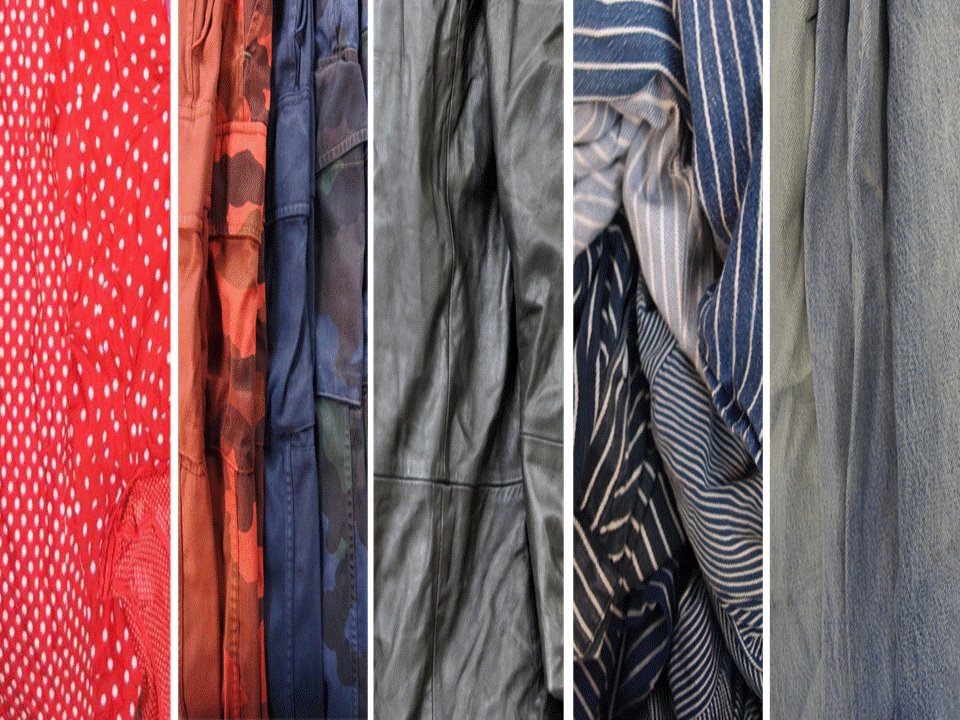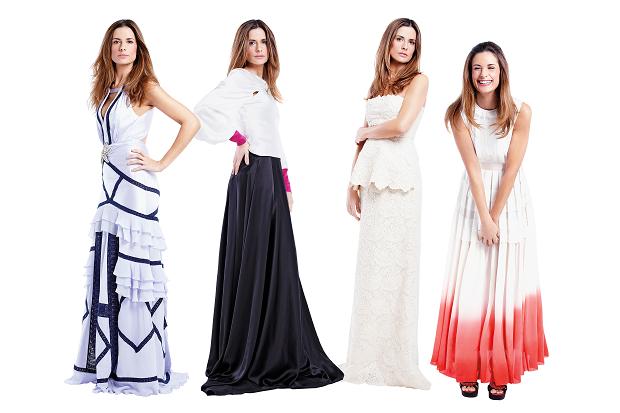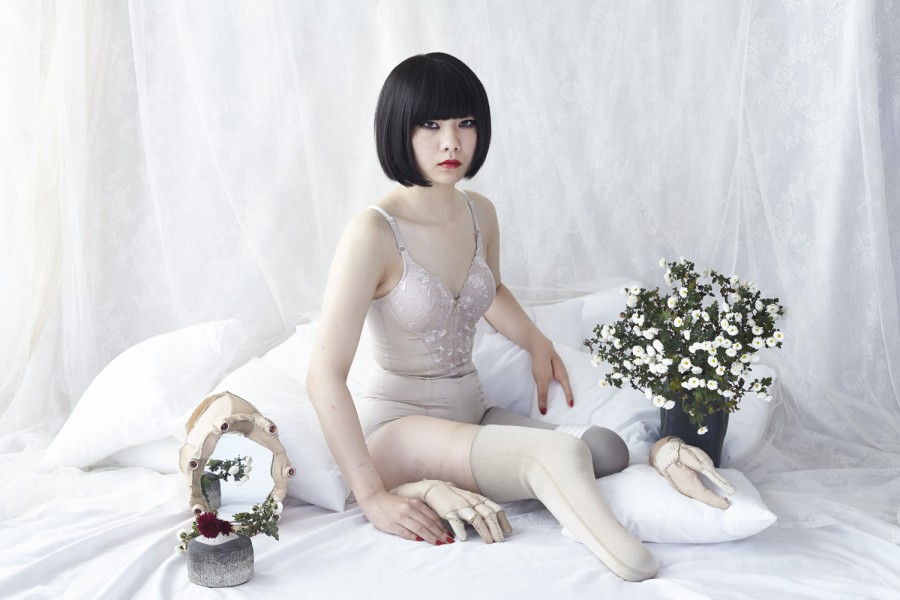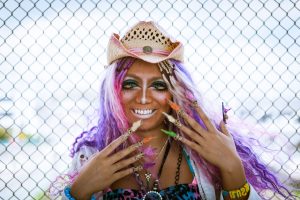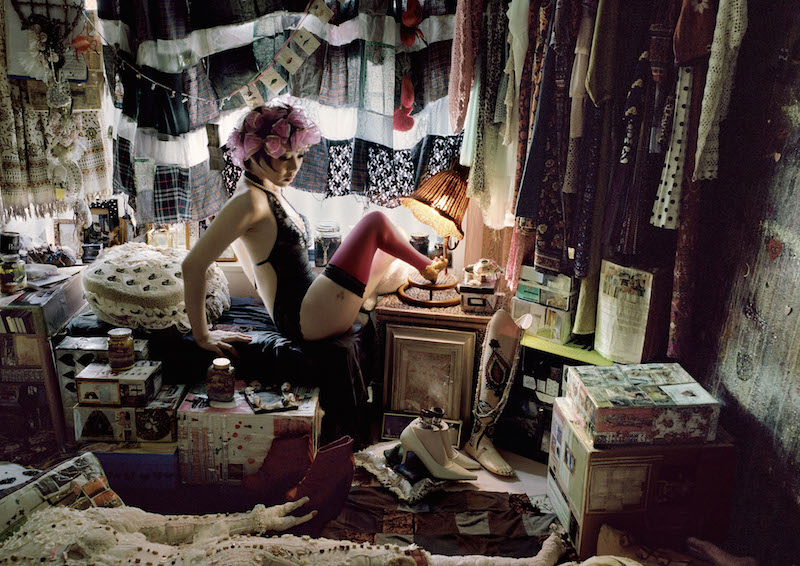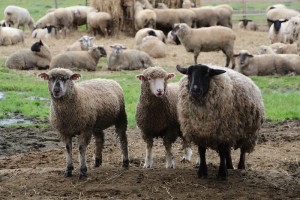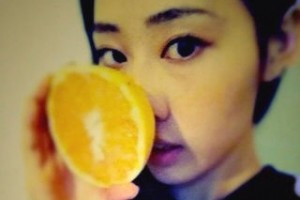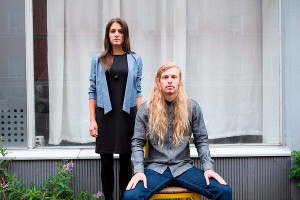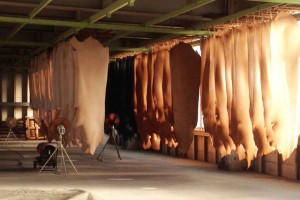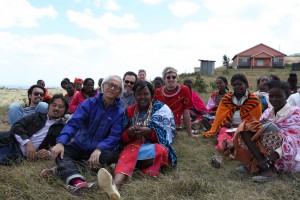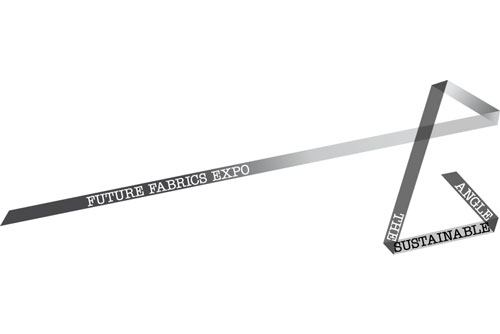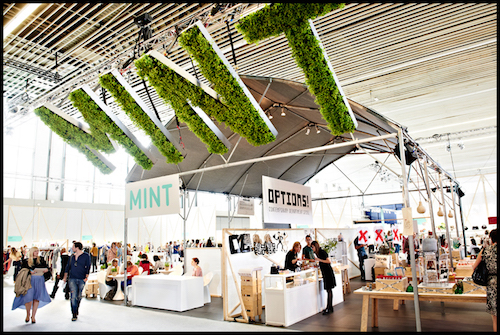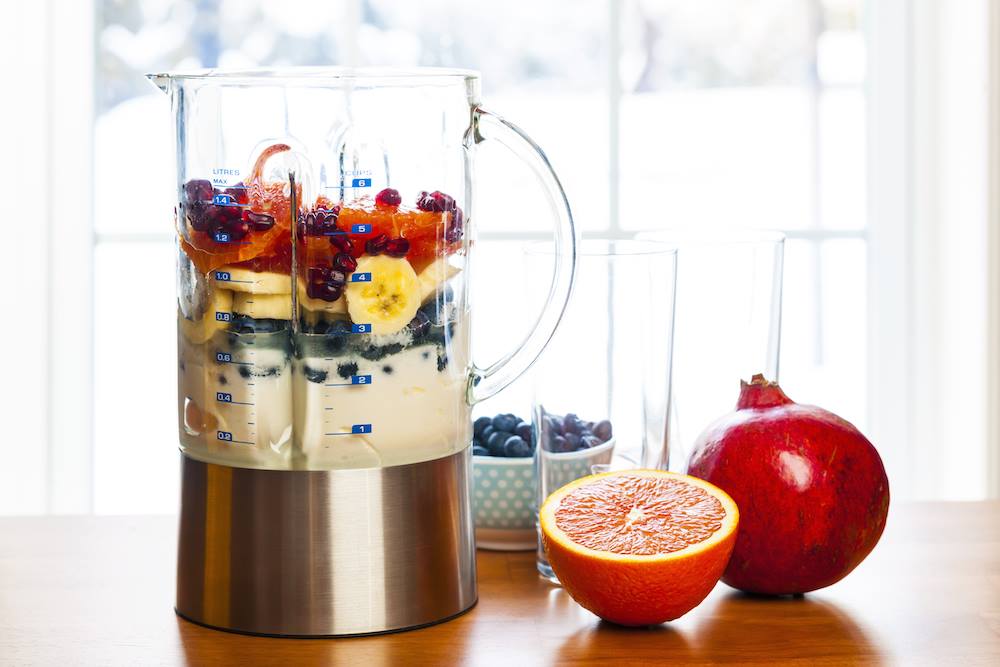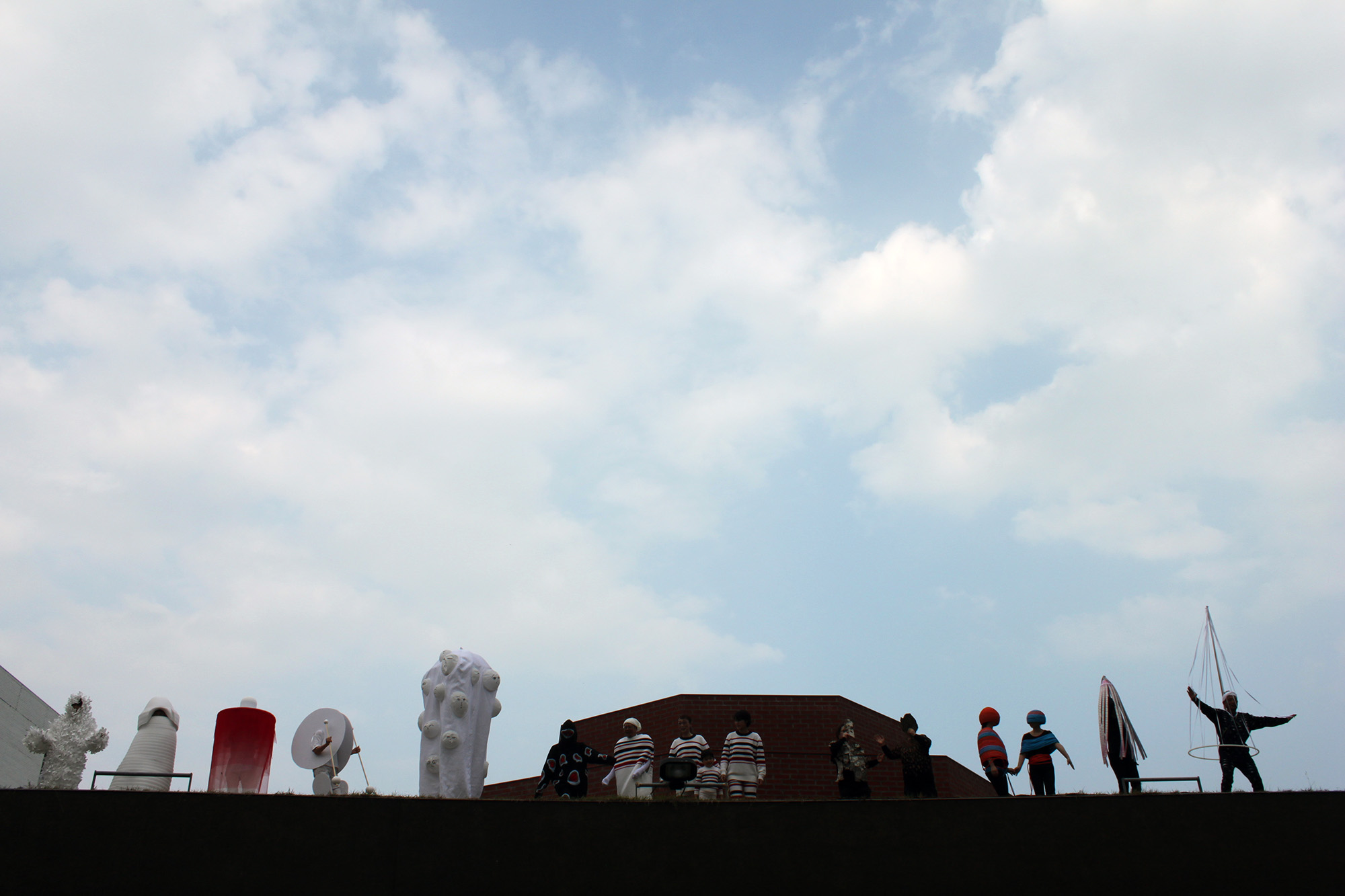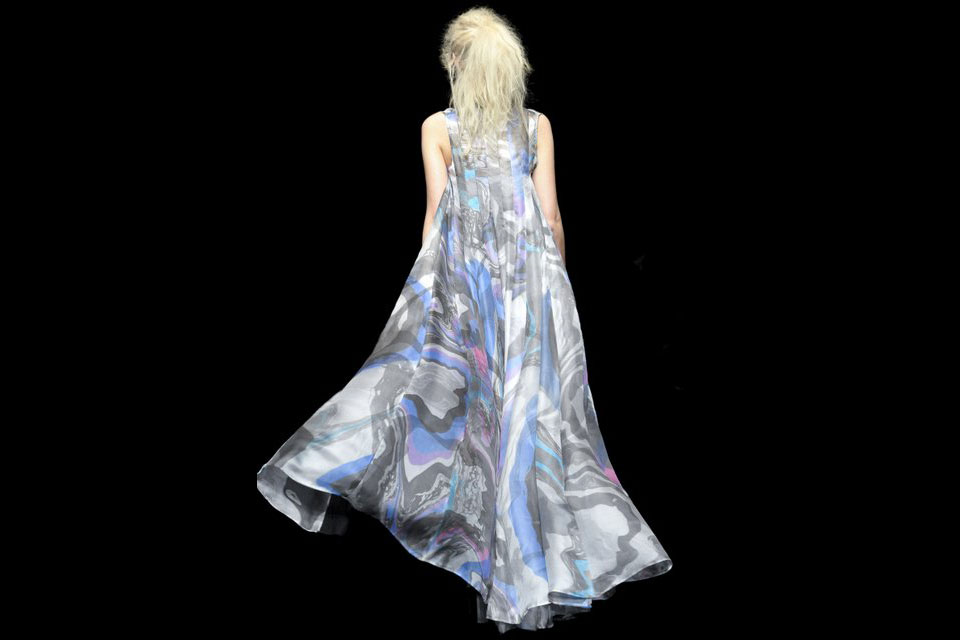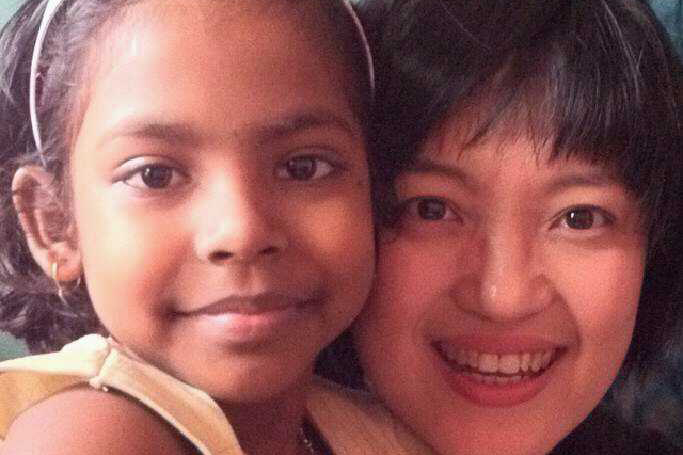Written By:Ilaria Pasquinelli of texSture.
Première Vision Pluriel&Messe Frankfurt–Ethical Textile Tradeshows in Europe
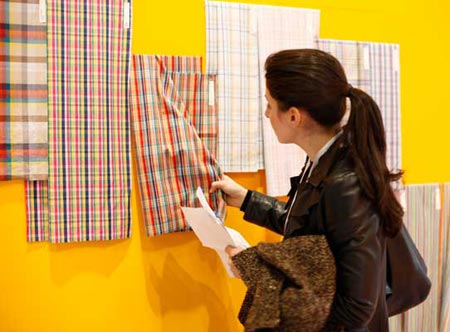
Via http://www.premierevision-pluriel.com
Paris is truly the centre of the textile world with seven shows put on at the same time twice a year, in both September and February. In fact, six of them are under the Première Vision Pluriel (PVP) umbrella and take place in Villepinte: PV for fabrics, Indigo for designs, ModAmont for trimmings, Expofil for fibres and yarns, Zoom by Fatex for garment manufacturing, and Le Cuir for leather.
At the same time, in Le Bourget, not far away from Villepinte, Messe Frankfurt organises Texworld, which, 15 years ago at its beginning, was labelled ‘the other textile trade show,’ showcasing mainly non-European textile suppliers.
The two big events together attract something like 2,800 exhibitors, as well as a large number of visitors: 60,000 for the PVP shows and 15,000 for the Texworld show. Visitors representing fashion brands, designers, design studios, garment manufacturers, agents, and professionals—in a word, the whole fashion industry—come from all over the world.
Messe Frankfurt
Despite the similarities between them, these events are quite different in terms of strategy when looked at through a sustainability lens. Messe Frankfurt, which owns 31 textile fairs around the world, acquired the Ethical Fashion Show in Paris in 2010, evidence of the belief that sustainable textiles and fashion would be the next big thing. Four times a year, they release the Texpertise Network Newsletter to report on all current topics, data, and products relating to sustainability and textiles. Bernd Müller gave the reason why the focus of the newsletter is sustainability:
the topic of sustainability is becoming increasingly important and the market for environmentally and socially compatible textiles is growing and, with it, also the necessity for information and communication platforms.
Texworld has been a pioneer of sustainable textiles since 2007, and this September, it showcased more than 80 suppliers of organic cotton, linen and bamboo, hemp, recycled material (e.g., polyester), and other sustainable textiles. Many of them, mainly from China, Taiwan, South Korea, India, Pakistan, and Turkey, held certificates, such as Global Organic Textile Standard(GOTS), Organic Exchange, SA8000, and WRAP, or met other standards.
A proper guide, titled My Eco-textiles, was created to enable buyers to identify suppliers with ethical credentials at a glance with the placement of up to four leaves of different colours next to each of their names. The same method is also used at other trade shows of the group, notably at Heimtextil, the decoration and home textiles event that takes place in Frankfurt every January. This is not all. On 18 September 2012, a sustainability day was held at Texworld with representatives from Oeko Tex, GOTS, WRAP, and Ecocert speaking on the main topic of environmental and social certifications. Messe Frankfurt is also behind other events on sustainability, such as Textile Exchange 2012, a two and a half-day workshop that took place in Honk Kong on 4–5 October about sustainability in the textile industry.
Première Vision Pluriel
And what about PVP? It is hard to say what the organisers have in the making surrounding the issue of sustainability as no official statements about plans or projects are available . There is no specific focus on eco textiles, nor are there guides for buyers. Certainly, there are green textiles among the exhibitors’ collections, though in some cases, they are a bit hidden or are not marketed as separate lines. Talking to some Italian fabric manufacturers, it seems that inquiries from buyers regarding new and alternative fibres like Lyocell/Tencel or recycled fibres have increased compared with previous editions of the show.
Other European Players
Some other exhibitors market themselves openly as suppliers of sustainable textiles. The French U-Clife, for instance, prides itself on being the first “editor” of upcycled fabrics. The company wants to make fabric upcyling normal in the fashion industry.
How? By collecting vintage clothing, assembling the fabrics by material (denim, wool, leather, silk, etc.) and colour, and selling them to fashion brands. Apart from being able to order fabrics from the catalogue, brands can also access a tailored service and request vintage fabrics in the combinations of colours and materials they want. This is a big step towards brands being able to begin garment production with upcycled fabrics on a large scale.
Filature Miroglio’s Newlife product is a high performance recycled polyester filament yarn, composed from 100% postconsumer bottles, processed into a polymer through a mechanical (not chemical) process, and spun into yarn all within Italy.
Beyond Paris, other events are grabbing the attention of fashion professionals looking to find comprehensive platforms to source sustainable textiles:
Future Fabrics Expo is the event organised by Sustainable Angle that presents eco textiles in London, November 7-9. The event, which is held at the London College of Fashion, is in its second year.
Innatex, a German sustainable textile fair, has been around for 15 years, but has become popular outside Germany in more recent years thanks to the growing interest in this field.
Livia Firth, together with the journalist Lucy Siegle, is leading the UK Green Carpet Challenge, partnering with top designers (e.g., Armani and Gucci) to create gowns made of carefully selected green textiles (mainly from Europe and Italy) to be worn during red carpet events around the world. The aim is to change the “hippy” image of sustainable textiles and prove that they can be as stylish as standard ones.
Finally, WGSN, the global trend forecasting agency, is engaged in researching trends in sustainable design and has released a list of the top 10 sustainable textile trends in 2012. This is another tool that will hopefully inspire fashion designers to utilise sustainable (and beautiful) textiles.
Yet A Way to Go
In a moment when, despite the recession, global retail sales of sustainably produced products have grown steadily (e.g., organic cotton certified products sales increased 20% from $4.3 billion in 2009 to just over $5.16 billion in 2009-2010<*REF>), fashion brands are desperate to find alternative raw materials for their collections. The challenge is to find authentic sustainable textiles from reliable sources that can provide the same performance and style as non-sustainable ones. Acquiring such textiles is not easy even given the number of existing and new events today that showcase green textiles.


